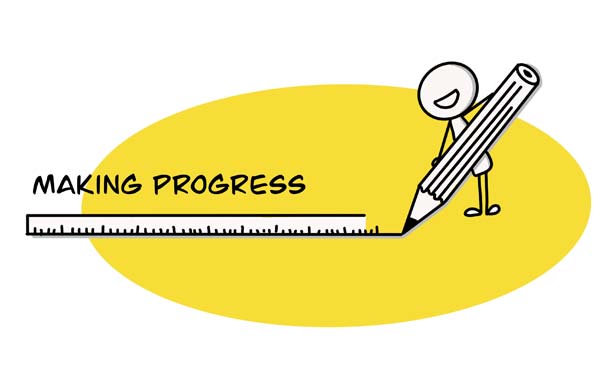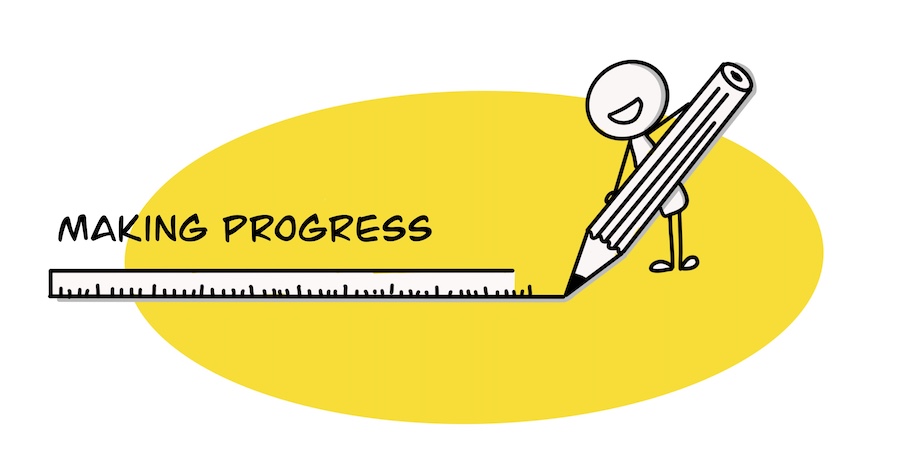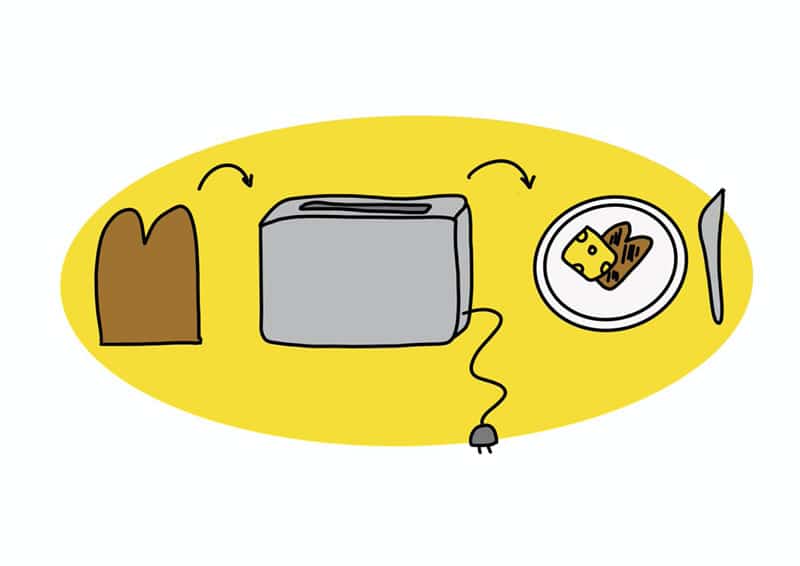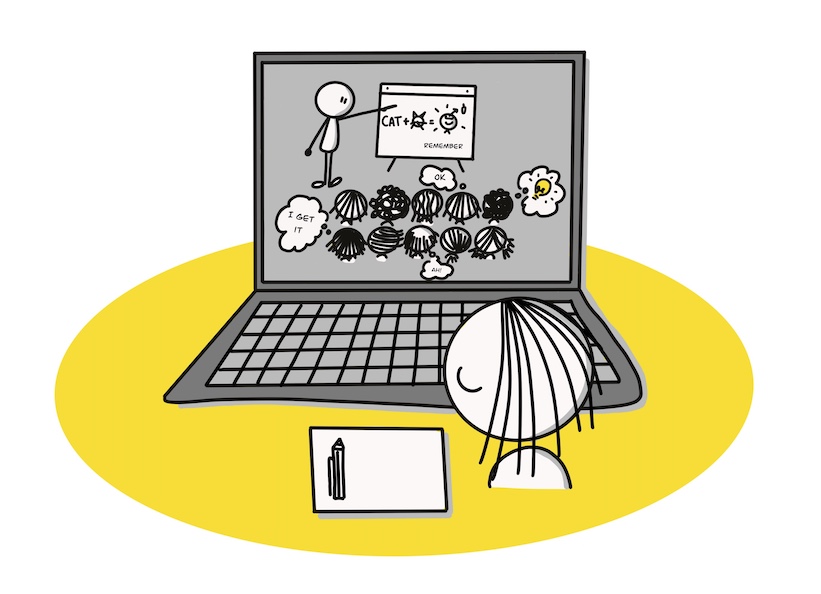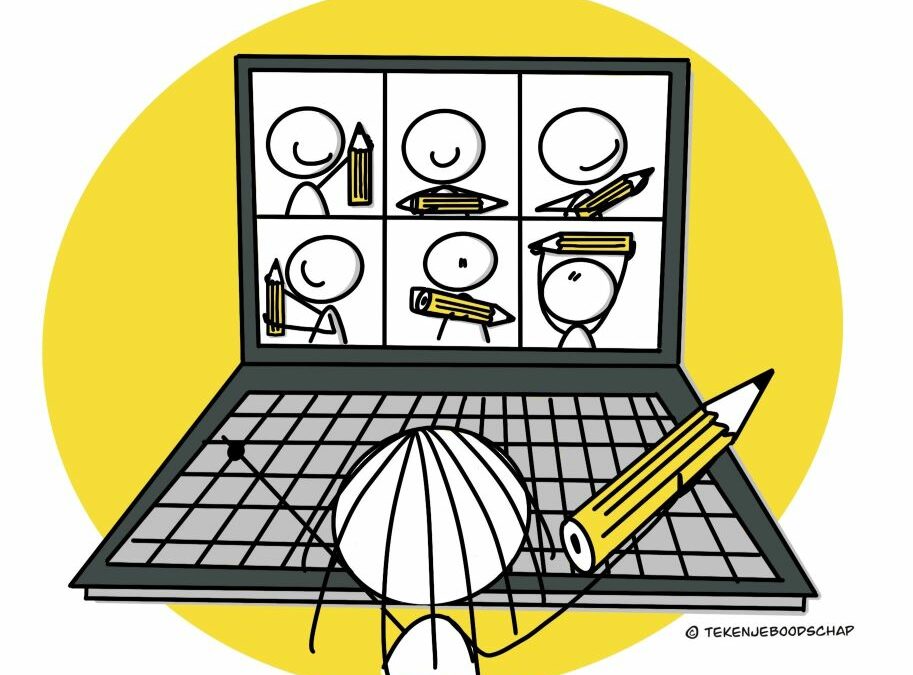
Primary education teacher
Primary education teacher
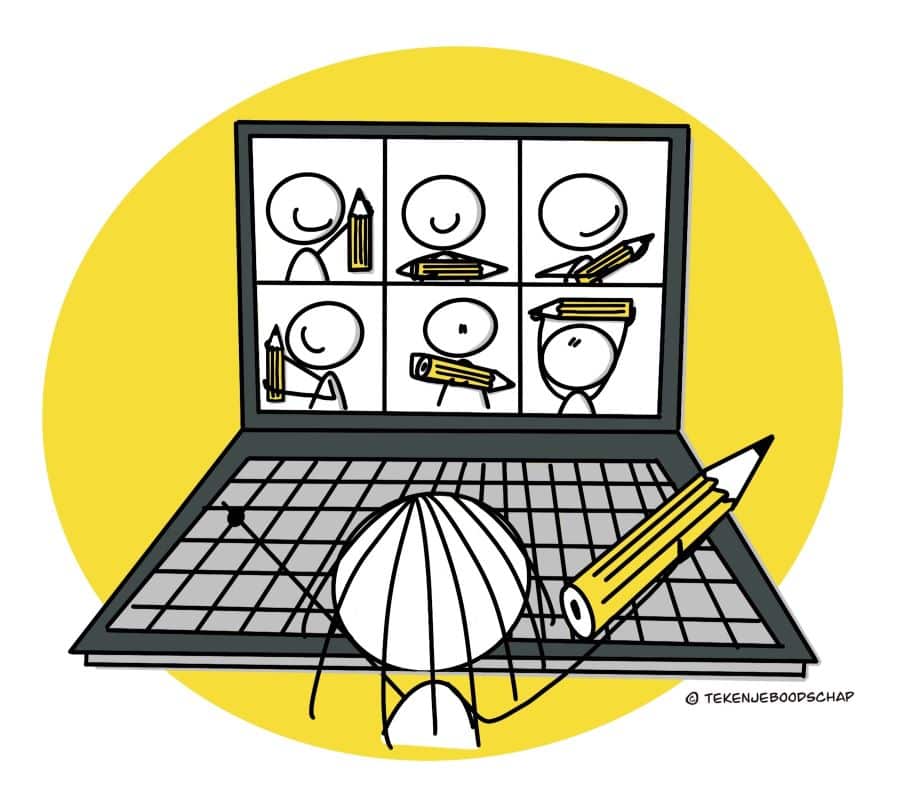
Ilse Nievaart is a Primary Education teacher and sent us the following message with an amazing drawing as an example during the COVID-19 pandemic about the lectures she gives.
“Dear artists of Draw your message,
Thanks to the inspiration from your image library and Draw your message, I draw all my presentations myself. I am a Primary Education teacher at the University of Applied Sciences, and I start all my lectures, which are now reluctantly online, with a collaborative drawing (thanks to the technique of using an extra camera!).
The students draw along, partly to clear their minds after the previous lecture, and each drawing is also intended as coaching for their study trajectory, related to the topic of the lecture. It gives them something to think about every week. I find it a very nice way to start the class, calm and a break from overthinking, followed by space for discussion.
Of course, I don’t see what they do with it afterwards, but I hope it inspires them to start drawing themselves, both with and for the children they will teach in the future.
Thank you for your inspiration!
Sunny regards,”
Ilse Nievaart
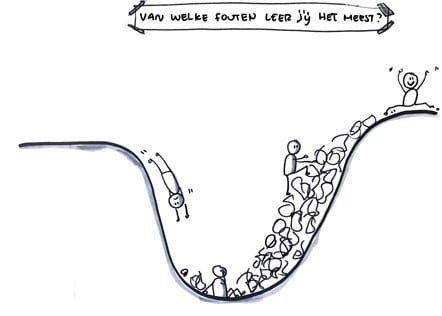
What a nice message and what a beautiful visual. I can imagine it being useful in many other settings too! It’s wonderful and valuable to share. Thank you on behalf of everyone reading this!
Draw your message teaches you to enhance the impact of your communication. With expressive and simple drawings, you can visually convey your message. This method is known as visual business drawing or visual communication.
Take a training in business drawing or attend a workshop to learn how to say more than a thousand words with a single picture. If you prefer books, check out our book “Conversations visualized”.



